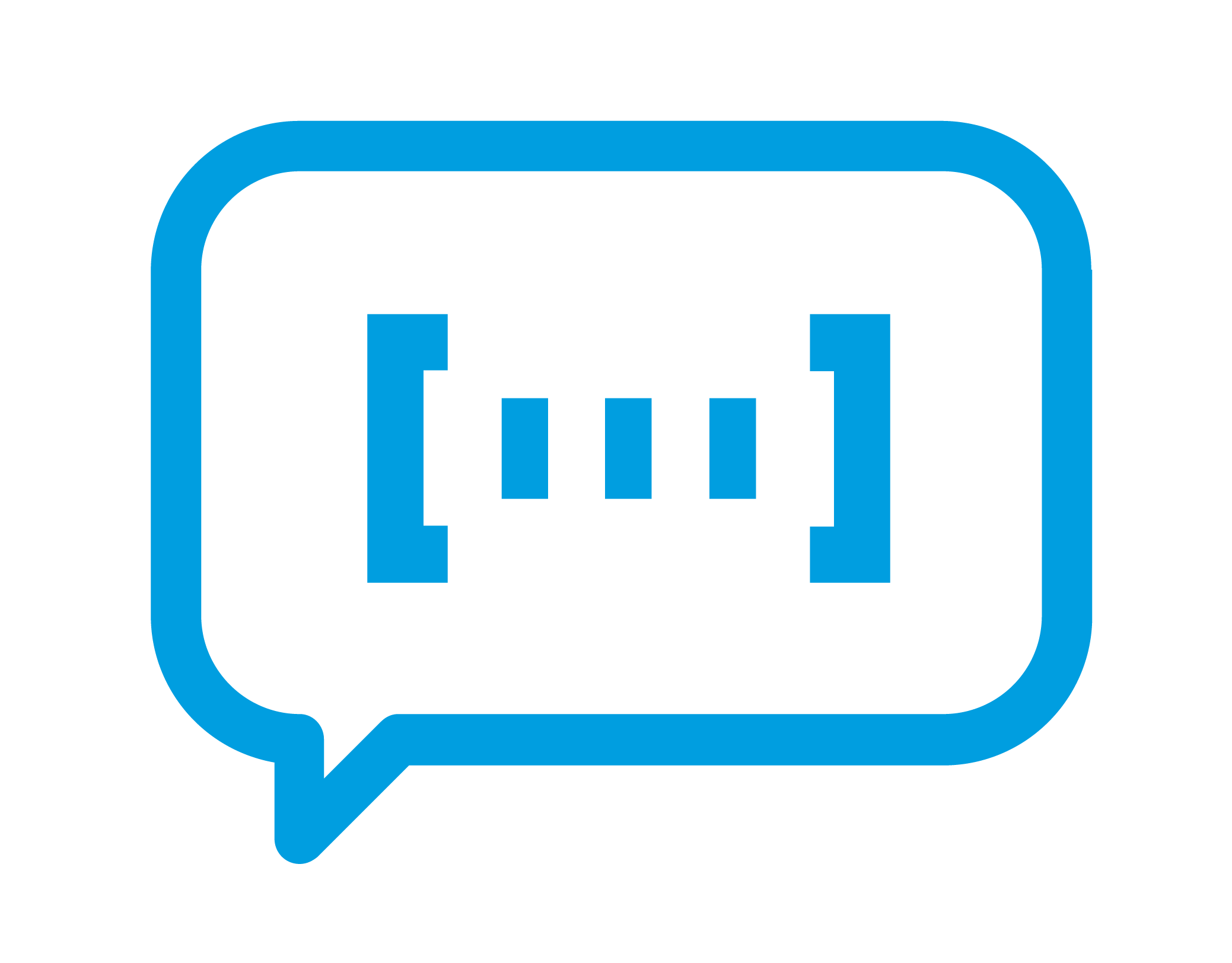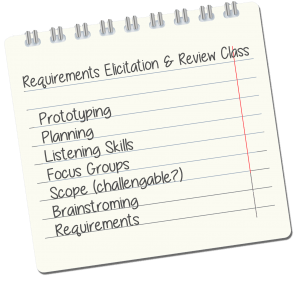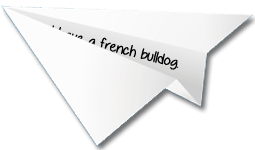Expert Ice Breaker Ideas for a Winning Facilitated Session-EN
Tina Joseph
- Business Analyisis
- Article
We’ve all been there – standing in front of a group of stakeholders, trying to get them to:
- communicate
- appreciate differences
- focus
- be creative.
Needless to say, conducting a facilitated session can certainly be a challenging role for a business analyst. One technique that we recommend in our classes is to use ice breakers. These quick activities help set the climate for a group and help each individual feel comfortable talking with the others.
Since our expert instructors facilitate training sessions on a daily basis, we asked them to share some of their favorite ice breaker ideas. Funny enough, this actually ended up being an enlightening activity for everyone on our team.
Our instructors are located throughout the country and are rarely together, so they were all able to take away new ideas from each other too! We encourage you to try one in your next facilitated session.
Ice breaker ideas from our experts
Heather Mylan-Mains
My easy, go-to ice breaker to get to know a group is to have the class members stand up and ask a question that involves choices. One choice preference moves to the right and the other to the left.
Choices are whatever you want to present to the class, for example, people who prefer chocolate, move to the right people and those who prefer vanilla, move to the left.
People will say, is it ice cream/cake and I say it doesn’t matter, you have to choose. Inevitably, someone will stand in the middle of the room! I always laugh…BAs never have enough info or it always just depends with BAs!
Other choices I use:
- Dog/cat
- Beach vacation/mountain vacation
- Ice cream/cake
- Reese’s peanut butter cups/snickers
- Tinker toys/Legos
- Star Wars/Star Trek
- Cruise/camping
- Football/baseball
- Process/data
- And the pinnacle of this game for me is always Coke/Pepsi!
This is great after lunch to get the class going. It’s fun and in the end, you know a lot more about your classmates. This can also be used in a facilitation workshop to show that we are more alike than different and we will be able to be successful in our project because we don’t all think alike.
Ali Cox
Here’s a fun ice breaker that combines drawing skills and critical thinking (kind of):
- Pass out a set of blank papers to every other student (each set should have the number of pages equal to the number of students).
- Give the students with the set of paper a sticky note with one word on it. It should be something ‘drawable’ – like a dog, fire hydrant, tree, hammer…
- Have the students with the paper draw what the word is, remove the sticky note, and hide the sticky note.
- They pass the drawing to the next student. That student writes (on the next page) what they think the drawing represents.
- They pass the word to the next student. That student draws (on the next page) a picture of that word.
- Keep going until the set of papers gets back to the student with the sticky note for that set.
- See if the word on the sticky is represented by the last drawing or word! Usually, they get way off and it’s pretty funny.
Beyond a fun activity, this ice breaker helps point out that:
- Pictures are great but need to be explained and need a text with them.
- Direct contact with the originator of requirements is the best way to ensure you get the correct answer, not some interpreted answer.
- Communication can get distorted quickly when it goes through ‘chains’. Make sure the message stays the same!
Elaine McGowan
Here are a couple of my favorite ice breaker ideas:
The birthday order is an excellent team-building exercise. Start by having all of the participants stand up in an open area.
- Ask one of them to pretend to be blind and put a blindfold on this one.
- Instruct them that no one can talk from this point on.
- Tell them they must line themselves up in birthday order (mm/dd).
- When they are satisfied they have accomplished the task (in a reasonable time limit), check for success.
- Debrief: Usually there is a leader or two that comes forward to help the group along. Also, talk about how the blind person felt. Usually, they are ignored, to begin with. Relating this to teams – there are leaders and followers. Sometimes a person (the blind one) is not comfortable with the situation and the team needs to be sensitive and bring them up to speed with what is going on.
A good ice breaker to get the blood flowing involves having the participants stand, silently look around the room and pick an individual that is their protector under all circumstances. Then ask them to look around and pick someone who is after them or trying to catch up. They don’t reveal who they have selected. The object is to then keep their protector between them and the person after them at all times. At this point, everyone starts moving.
Break everyone into groups and have each group list as many facts as they can remember about the topic, chapter or course. Each group presents and gets points for each correct fact. Other groups can challenge any point. This is is good ice breaker to use after a break. The activity naturally encourages review of the session and it is easy to get good participation.
My last one – everyone gets partners. One partner tells the other about something bad that happened to them (i.e. bad scope, missed requirement etc). The same partner then tells the same story but relates the good things that came from this experience (lessons learned). The listening partner helps explore the good that came from the bad.
Kathy Claycomb
Have everyone take a sheet from their notepad, and write something about themselves on it. I usually ask them to write down something that most people don’t know about them.
Then ask them to fold the piece of paper into an airplane and give them a window of time (like 30 seconds) to throw the airplanes around the room. Have them keep picking up airplanes and throwing them until the time is up.
At the end of the “throwing” time, everyone picks up an airplane off the floor. They read the “fact” inside, and try to guess who it describes.
Here is one other that I have seen used to highlight differences in perceptions and the benefits of working as a team to develop ideas.
- Randomly list 4 items on a flip chart such as Cat, Taco, Glass Blowing, and Sand. (Items don’t matter.)
- Ask everyone to choose 1 item from the list and share a fact or short story with someone from another table or across the room.
- Give the participants a few minutes to stand up and share. Once completed, they can return to their seats.
- Select one of the items and have people tell what they heard about the topic. Hopefully, there will be many different facts and stories so that it is clear we all have different experiences and knowledge. When combined we make a much more complete and creative story or factual representation.
As a business analyst, these ideas can obviously be used in your facilitated sessions, but use them outside of your formal sessions too. Ice breakers will always help build teamwork and unity. And be sure to check out our Ice Breaker ideas and Energizer Tips Infographic for more helpful expert advice.



